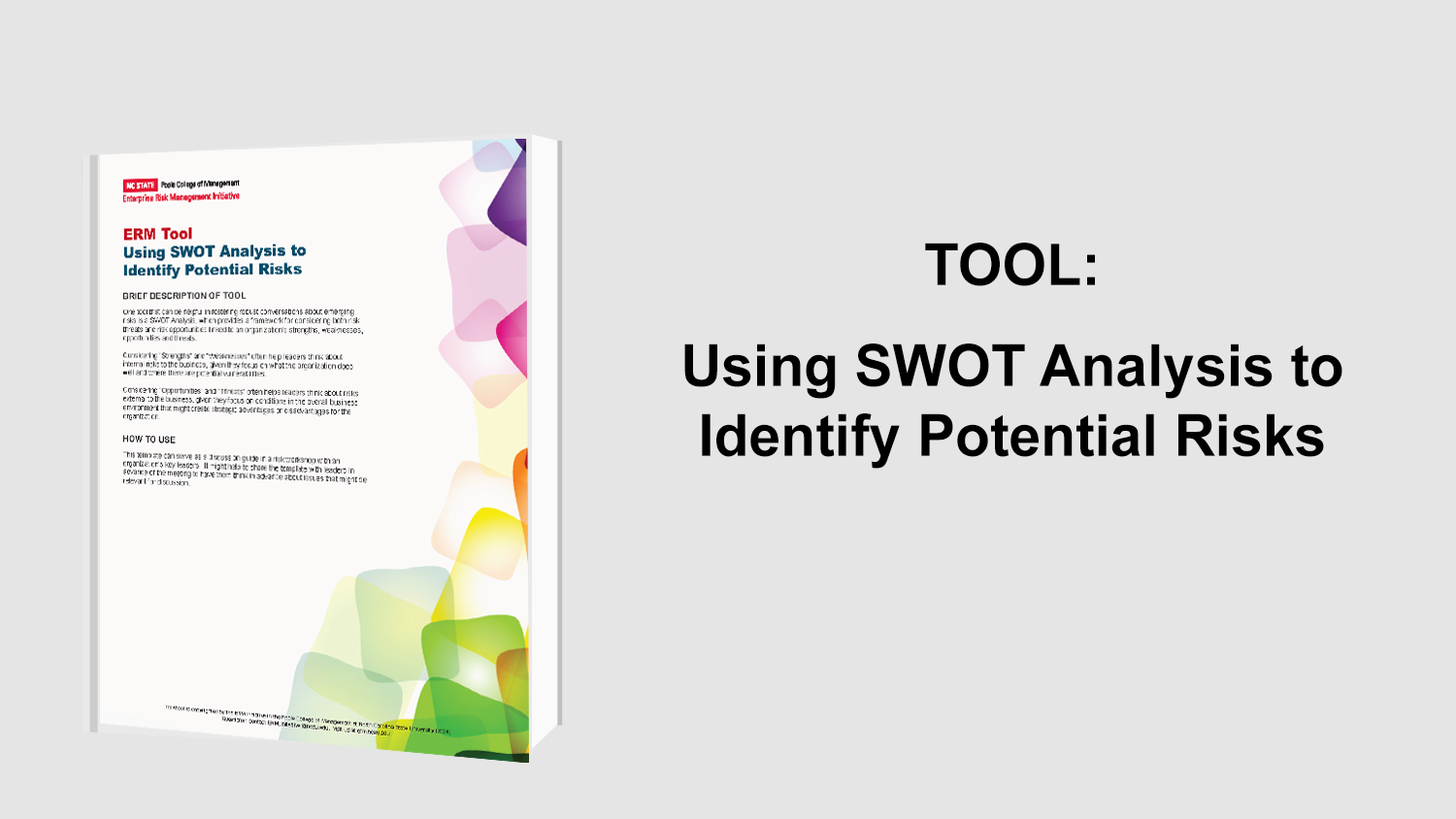Predictive Risk Intelligence Strategies
What is Predictive Risk Intelligence?
This article, “Seeing the Storm Ahead- Predictive Risk Intelligence” by Deloitte offers a strategy for organizations to utilize advanced analytics methods to stay ahead of current risks and improve its ability to identify and manage responses to emerging risks. An organization’s stakeholders expect an organization to have an appropriate functional process in place to identify, understand, process, manage, and prepare for past, current, and future risks. The concept of Predictive Risk Intelligence (PRI) is to help organizations apply analytics to develop a forward-looking lens into its potential risks. The risk management lifecycle can be organized into three categories:
- Reactive risk monitoring is the ability to respond to a post-event with a remediation plan as well as prevention of similar events in the future.
- Integrated risk monitoring is incorporated throughout business processes and be able to timely report on risk based of identified criteria and thresholds.
- Predictive risk monitoring applies analytics to current and historical information to identify potential or emerging risks.
What are the Benefits and Challenges of PRI?
Reactive risk management is beneficial in conducting historical trend analysis of the key risks; however, it may not acknowledge the existence of emerging risks. Integrated risk management utilizes threshold measures to reduce the subjectivity of risk reporting, but limits the ability to provide a comprehensive picture of risks external to the organization. Predictive risk management automates the analysis through advanced intelligence and robotics to provide a comprehensive, 360 view of risks and helps to identify and monitor emerging risks before they can have a significant impact on the organization. PRI’s success is dependent on reliable and comprehensive risk and performance data. Technology also plays a key role in supporting the collection of data, analysis and automation of process to support PRI.
What is the Value Proposition?
Deloitte and Forbes published an Insight Survey in 2017 on how risk management programs helped organizations. Key insights include improvement in operational resiliency and stakeholder confidence. The value propositions for leveraging PRIs further enhances risk management efforts. Examples include:
- Reducing and preventing operational, reputation, and financial impact
- Reducing manual intervention and human errors
- The ability to predict risks before a loss event occurs &
Where do you start in Predictive Risk Intelligence?
An effective predictive risk intelligence process can leverage information about risk, controls, and performance by turning this information into preventable and actionable insights. This can provide organizations with a more refined understanding of emerging risks. Technology is evolving and allowing firms greater ability to automate and predict the impact of risks on its operations. The first three steps in the predictive risk intelligence process include:
- Define PRI Scope. Management identifies the top risk events.
- Identify precursors of risk events. Each identified risk is analyzed for risk indicators or triggers before the event.
- Identify data sources. Risk events are mapped to internal and external data sources.
What are Examples of Industry Application?
PRI has been successfully applied to complex problems throughout various industries. One example of an effective program is within the financial services industry. PRI is being used to identify changes in employee behaviors that could indicate potential conduct and compliance risks and allow the company to manage the risk before it has a negative impact on its business.
Summary
This article, published by Deloitte, provides valuable insights and strategies to help the board of directors and management work together in establishing a Predictive Risk Intelligence process for their organization. The article recommends companies looking to take the first steps to establishing a PRI process start smart, scale fast, and execute effectively.
Original Article Source: “Seeing the Storm Ahead – Predictive Risk Intelligence”, Deloitte, 2017
- Categories:
- Types:


